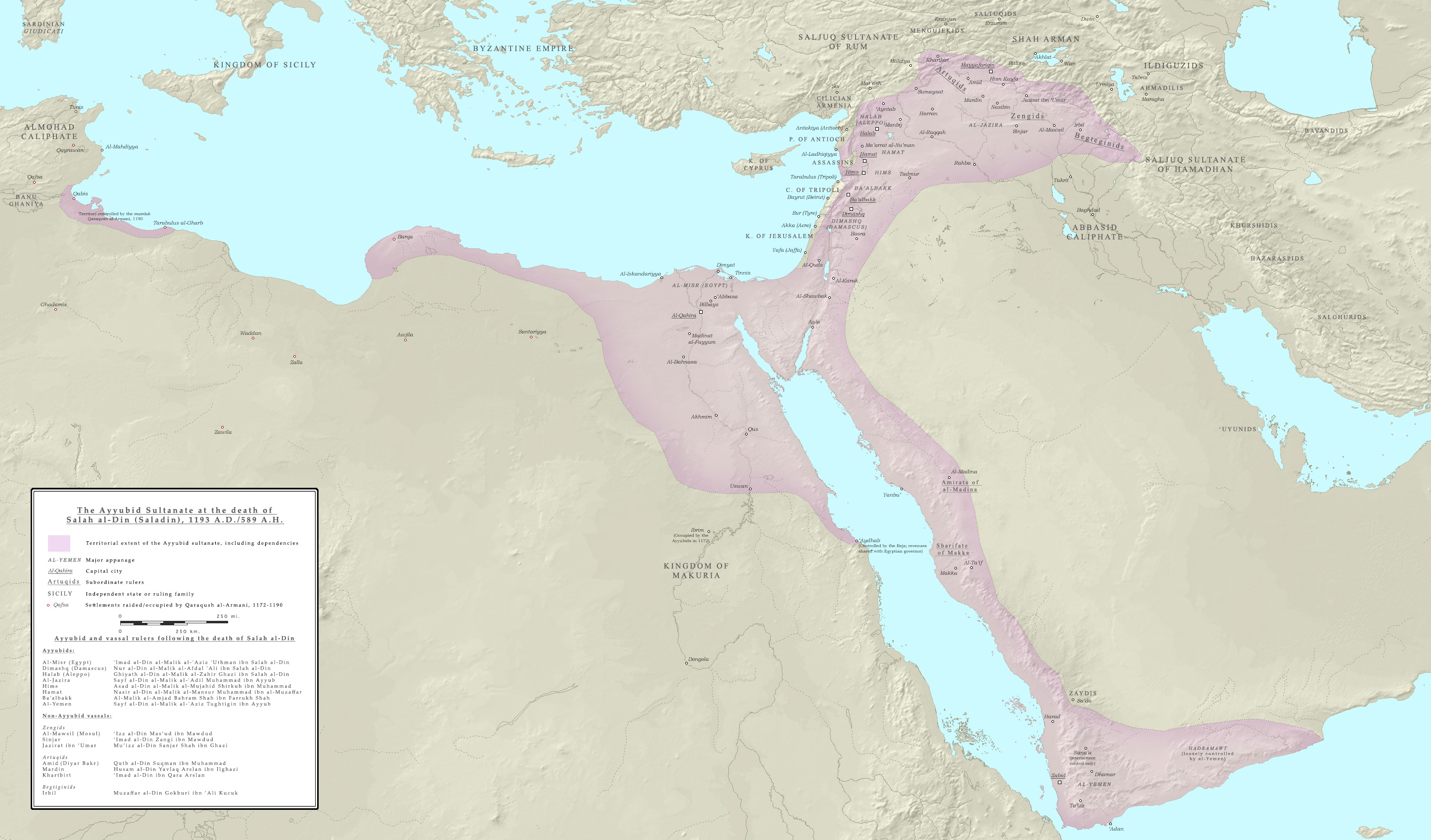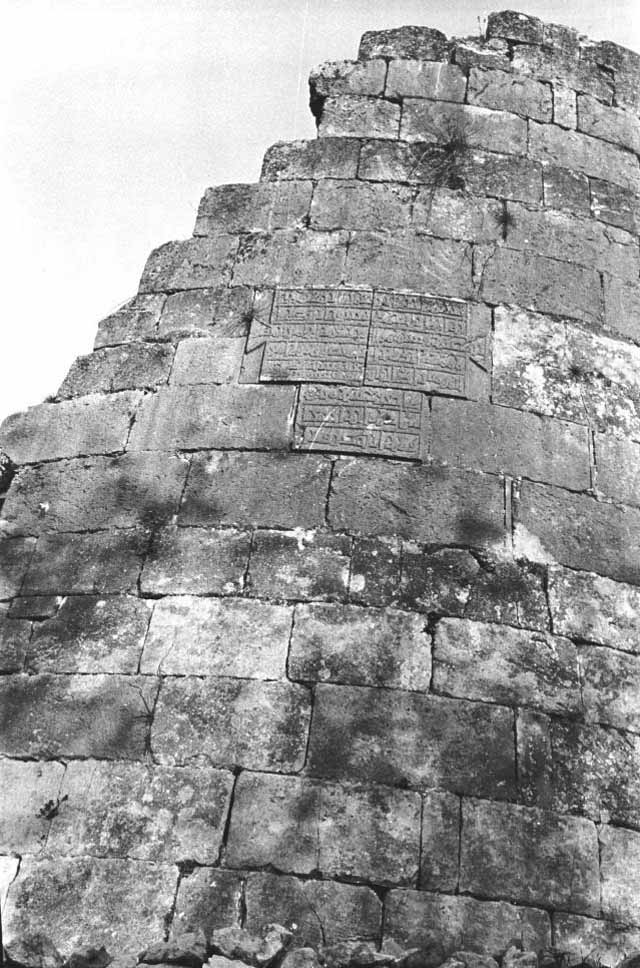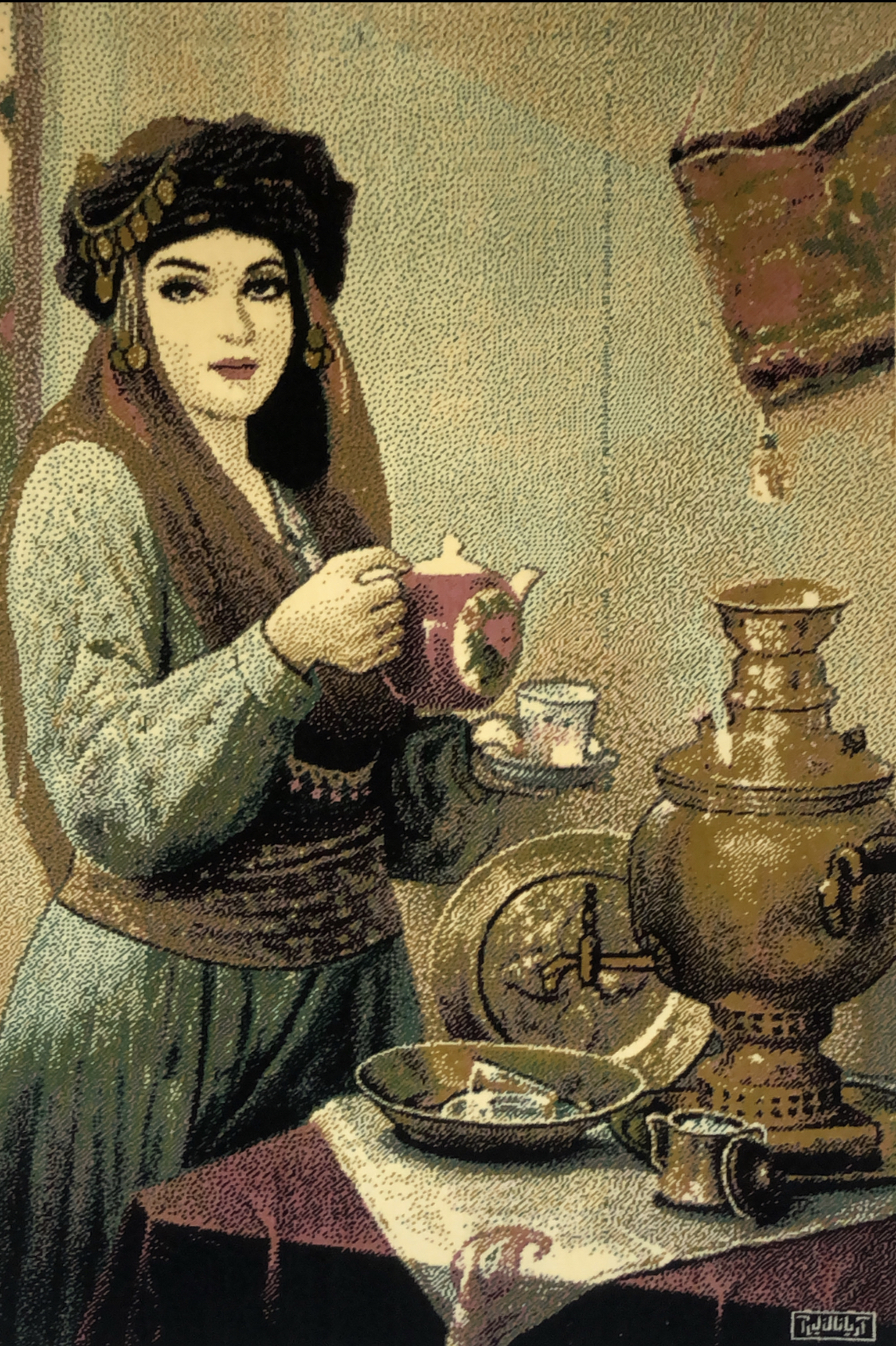|
List Of Kurdish States And Territories
This is a list of Kurdish dynasties, countries and autonomous territories. By the 10th century, the term "Kurd" did not have an ethnic connotation and referred to Iranian nomads in the region between Lake Van and Lake Urmia. In Arabic medieval sources, "Kurd" referred to non- Persian and non-Turkish nomads and semi-nomads (see Origin of the Kurds). Early entities * Sadakiyans (770-827) * ''Daysam'' (938–955) * Hadhabanis (906–1080) * Aishanids (912–961) * Shaddadids (951–1199)Amir Hassanpour, ''Nationalism and Language in Kurdistan, 1918-1985'', Mellen Research University Press, 1992p. 50./ref> * Rawwadids (955–1071) * Hasanwayhids (959–1014) * Marwanids (983–1096) * Annazids (990/91–1117) * Shabankara (11th century–12th century) * Principality of Eğil (1049–1864, Diyarbakir) * Hazaraspids (1115–1425) * Ayyubid dynasty (1171–1341) * Principality of Bitlis (1187–1847) * Vassaldom of Ardalan (14th century–1865 or 1868) * Zakarids (1161� ... [...More Info...] [...Related Items...] OR: [Wikipedia] [Google] [Baidu] |
Kurdish People
ug:كۇردلار Kurds ( ku, کورد ,Kurd, italic=yes, rtl=yes) or Kurdish people are an Iranian peoples, Iranian ethnic group native to the mountainous region of Kurdistan in Western Asia, which spans southeastern Turkey, northwestern Iran, northern Iraq, and northern Syria. There are exclaves of Kurds in Central Anatolia Region, Central Anatolia, Khorasan Province, Khorasan, and the Caucasus, as well as significant Kurdish diaspora communities in the cities of western Turkey (in particular Istanbul) and Western Europe (primarily Kurds in Germany, in Germany). The Kurdish population is estimated to be between 30 and 45 million. Kurds speak the Kurdish languages and the Zaza–Gorani languages, which belong to the Western Iranian languages, Western Iranian branch of the Iranian languages. After World War I and the defeat of the Ottoman Empire, the victorious Allies of World War I, Western allies made provision for a Kurdish state in the 1920 Treaty of Sevres, Treaty ... [...More Info...] [...Related Items...] OR: [Wikipedia] [Google] [Baidu] |
Marwanids (Diyar Bakr)
The Marwanids or Dustakids (983/990-1085, ) were a Kurdish Sunni Muslim dynasty in the Diyar Bakr region of Upper Mesopotamia (present day northern Iraq/southeastern Turkey) and Armenia, centered on the city of Amid (Diyarbakır). Territory The Marwanid realm in the Diyar Bakr region of Upper Mesopotamia (present day northern Iraq/southeastern Turkey) and Armenia, centered on the city of Amid (Diyarbakır). They also ruled over Akhlat, Bitlis, Manzikert,Tekin, Rahimi (2000). ''Ahlat tarihi''. Osmanlı Araştırmaları Vakfı. p. 35. . Nisibis, Erciş, Muradiye, Siirt, Cizre, Hasankayf, and temporarily ruled over Mosul and Edessa. History Origins According to most academic sources, the Marwanids were a Kurdish dynasty. The Encyclopaedia of Iran considers them as an Arab dynasty in one article, and refers to them as a Kurdish dynasty in another article. The Marwanids were Sunni Muslims. The founder of the dynasty was a shepherd, Abu Shujā Badh ibn Dustak. He left his cattle ... [...More Info...] [...Related Items...] OR: [Wikipedia] [Google] [Baidu] |
Encyclopedia Iranica
An encyclopedia (American English) or encyclopædia (British English) is a reference work or compendium providing summaries of knowledge either general or special to a particular field or discipline. Encyclopedias are divided into articles or entries that are arranged alphabetically by article name or by thematic categories, or else are hyperlinked and searchable. Encyclopedia entries are longer and more detailed than those in most dictionaries. Generally speaking, encyclopedia articles focus on '' factual information'' concerning the subject named in the article's title; this is unlike dictionary entries, which focus on linguistic information about words, such as their etymology, meaning, pronunciation, use, and grammatical forms.Béjoint, Henri (2000)''Modern Lexicography'', pp. 30–31. Oxford University Press. Encyclopedias have existed for around 2,000 years and have evolved considerably during that time as regards language (written in a major international or a vernac ... [...More Info...] [...Related Items...] OR: [Wikipedia] [Google] [Baidu] |
Mukriyan
Mukriyan () or 'Deryaz' was a Kurdish principality from the late 14th century to the 19th century centered around Mahabad. Mukriyan was a neighbor to the Emirate of Bradost. Geography and tribes Mukriyan encompassed the area south of Lake Urmia, including the cities of Mahabad, Piranshahr, Oshnaviyeh, Sardasht and Bukan with the city of Naqadeh historically being included in Mukriyan, though today make up approximately 35% of the city. The city of Saqqez is culturally very similar to Mukriyan, though politically it acted more as its own city-state. A few tribes include Dehbruki, Gewirk, Mangur (tribe), Mukri, Amireh, Khelki, Sheikh Sherefi, Selekei, Ḥasan Khāli, Kārish, Silki, Sekir, Fekiyesi, Ables, Bārik, Soleimāni, Beyi, Omerbil, Merzink, Lētāu Māwet, and Shiwezāi. History Before Mukris, the region was ruled by Hadhabanis, the region is also in the same, or similar, location as Mannea and Takht-e Soleymān. During the battle of Dimdim, Mukriyanis rallied arou ... [...More Info...] [...Related Items...] OR: [Wikipedia] [Google] [Baidu] |
Emirate Of Çemişgezek
Emirate of Çemişgezek (, 13th century–1663) was a hereditary and autonomous Kurdish emirate existing from the 13th century to 1663, centered around Çemişgezek including Mazgirt, Pertek and Sağman. The emirate was populated by both Muslims and non-Muslims, and moreover had a significant Kurdish Alevi population which flourished and expanded due to the secured self-governance under Ottoman rule, despite Ottoman antagonism towards the minority. Beside Kurds, the emirate had a Bozulus population. History During the Mongol invasion and that of Qara Yusuf of the Qara Qoyunlu, the region around Çemişgezek remained under the control of the Kurdish Malkishi tribe who claimed descent from the Abbasids. When the Aq Qoyunlu under Uzun Hasan entered Kurdistan, the Malkishi tribe was a target since they had been faithful to the Qara Qoyunlu and the Kharbandalu Turkmens were thus sent to Çemişgezek to fight the Kurds. However, the Malkishi resisted successfully. After this, the Mal ... [...More Info...] [...Related Items...] OR: [Wikipedia] [Google] [Baidu] |
Zakarids–Mkhargrdzeli
The Zakarids or Zakarians ( hy, Զաքարյաններ, Zak'aryanner), also known by their Georgian name as Mkhargrdzeli ( ka, მხარგრძელი), were a noble Armenian–Georgian dynasty. Their name in Georgian, Mkhargrdzeli, or in hy, Երկայնաբազուկ, (''Yerkaynbazuk'') meant long-armed. A family legend says that this name was a reference to their Achaemenid ancestor Artaxerxes II the "Longarmed" (404–358 BC). According to Cyril Toumanoff / ''Encyclopædia Iranica'', they were an offshoot of the Armenian Pahlavuni family. The Zakarians considered themselves Armenians. History The dynasty was of Armenians or KurdishVardan Arewelts'i's, Compilation of History ''In these time there lived the glorious princes Zak'are' and Iwane', sons of Sargis, son of Vahram, son of Zak'are', son of Sargis of Kurdish nationality (i K'urd azge')'p. 82/ref> origins. The first historically traceable Zakarid was Khosrov. When the David IV of Georgia liberated Lori from the Se ... [...More Info...] [...Related Items...] OR: [Wikipedia] [Google] [Baidu] |
Ardalan
Ardalan ( ku, میرنشینی ئەردەڵان) was a hereditary Kurdish vassaldom in western Iran from around the 14th century until 1865 or 1868 with Sanandaj as capital. The territory corresponded roughly to present-day Kurdistan Province of Iran and the rulers were loyal to the Qajar Empire. Baban was its main rival. Gorani was the literary language and lingua franca. When the vassaldom fell, literary work in Gorani ceased. History The ruling family of Ardalan belonged to the Bani Ardalan tribe, whose name may has been suggested to have been acquired from a Turkic rank. The ruling family considered themselves to be descended from Saladin (), the founder of the Ayyubid dynasty (1171–1260/1341). Other tribal folklore stories claim that they emerged during the Sasanian (244–651) or early Abbasid (750–1258) eras. One source claims that the ruling family was descended from the first Sasanian monarch, Ardashir I (). According to Sharaf al-Din Bitlisi, the renowned Kurdi ... [...More Info...] [...Related Items...] OR: [Wikipedia] [Google] [Baidu] |
Principality Of Bitlis
The Principality of Bitlis, also known as the Bitlis Khanate and the Bitlis Emirate (1182–early 19th century) was a Kurdish principality originated from the ''Rojaki'' (or ''Rozagi'') tribal confederation. The Rojaki defeated the Georgian King David the Curopalate and conquered Bitlis and Sasun in the 10th century. The principality occasionally came under the rule of outsiders, such as the Aq Qoyunlu (from 1467 to 1495) and the Safavids (from 1507 to 1514). After the decline of the Aq Qoyunlu, the Rojaki princes asserted their independence. The principality supported the Ottoman Sultan Selim I and its rulers were named Noble Khans in return. In 1531, the Rojaki prince withdrew his support for the Ottomans and turned towards the Safavids instead, an event that lead to the capture of the principality by the Ottomans. A good era for the principality began in 1578, as Sultan Murad III nominated Sharaf al-Din Bitlisi the Emir of the principality. Until 1596, eighteen Rojaki princes ... [...More Info...] [...Related Items...] OR: [Wikipedia] [Google] [Baidu] |
Ayyubid Dynasty
The Ayyubid dynasty ( ar, الأيوبيون '; ) was the founding dynasty of the medieval Sultan of Egypt, Sultanate of Egypt established by Saladin in 1171, following his abolition of the Fatimid Caliphate, Fatimid Caliphate of Egypt. A Sunni Muslim of Kurds, Kurdish origin, Saladin had originally served Nur ad-Din (died 1174), Nur ad-Din of Syria, leading Nur ad-Din's army in battle against the Crusaders in Fatimid Egypt, where he was made Vizier. Following Nur ad-Din's death, Saladin was proclaimed as the first Sultan of Egypt, and rapidly expanded the new sultanate beyond the frontiers of Egypt to encompass most of the Levant (including the former territories of Nur ad-Din), in addition to Hijaz, Yemen, northern Nubia, Tripolitania, Tarabulus, Cyrenaica, southern Anatolia, and northern Iraq, the homeland of his Kurdish family. By virtue of his sultanate including Hijaz, the location of the Islamic holy cities of Mecca and Medina, he was the first ruler to be hailed as the Cus ... [...More Info...] [...Related Items...] OR: [Wikipedia] [Google] [Baidu] |
Hazaraspids
The Hazaraspids ( fa, هزاراسپیان, 1115–1424), was a Kurdish dynasty that ruled the Zagros Mountains region of southwestern Iran, essentially in Lorestan and which flourished in the later Saljuq, Ilkhanid, Muzaffarid, and Timurid periods. Etymology Although the founder was Abu Tahir ibn Muhammad, the dynasty is named after the latter's son and successor, Malik Hazarasp. The name of the dynasty is of Iranian origin, and means "thousand horses". History The founder of dynasty was Abu Tahir ibn Muhammad, a descendant of the Shabankara chieftain Fadluya, who was initially a commander of the Salghurids of Fars and was appointed as the governor of Kuhgiluya, but eventually gained independence in Luristan and extended his realm as far as Isfahan and assumed the prestigious title of ''atabeg.'' His son, Malik Hazarasp fought a successful campaign against Salghurids and assisted Jalal-al-din Khwarezmshah in his struggle against the Mongols. Another Hazaraspid ruler Ta ... [...More Info...] [...Related Items...] OR: [Wikipedia] [Google] [Baidu] |
Principality Of Eğil
Principality of Eğil (also known as Emirate of Eğil, around 1049–1864) was a Kurdish principality or emirate around the town of Eğil founded by Pir Mansûr (b.989) who conquered the town around 1049. Pir Mansûr claimed to be a descendant of Prophet Mohammed and settled in the area from Hakkâri (around Sinjar Mountains) in 1049. The descendants of Pir Mansûr would rule Eğil for nearly eight centuries. During the rule of Emir Muhammed, the principality had expanded southward to Karaca Dağ, Palu and Elazığ northward, Çermik to the west and the area between Hani and Lice to the east. History During the reign of the Marwanids, Kurds from the Humeydiye, Beşneviye and Zuzaniye tribes settled in Eğil changing the composition of the area to the detriment of the Armenian, Greek, and Syriac-speaking population. It was during this period that Pir Mansûr settled in the town of Dicle which was populated by Kurds of the Mirdesan tribe. Pir Mansûr ultimately became their leader ... [...More Info...] [...Related Items...] OR: [Wikipedia] [Google] [Baidu] |

.jpg)



